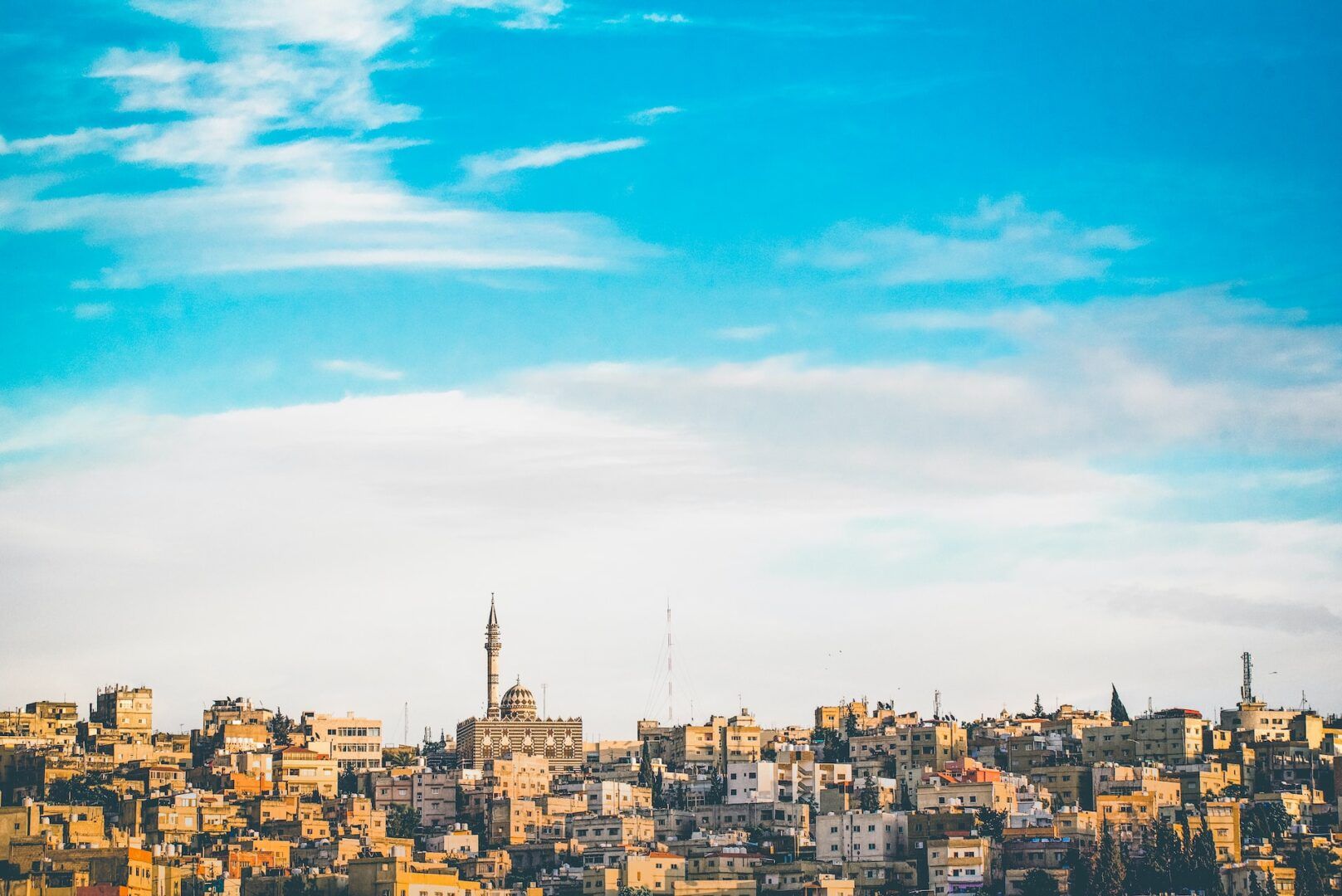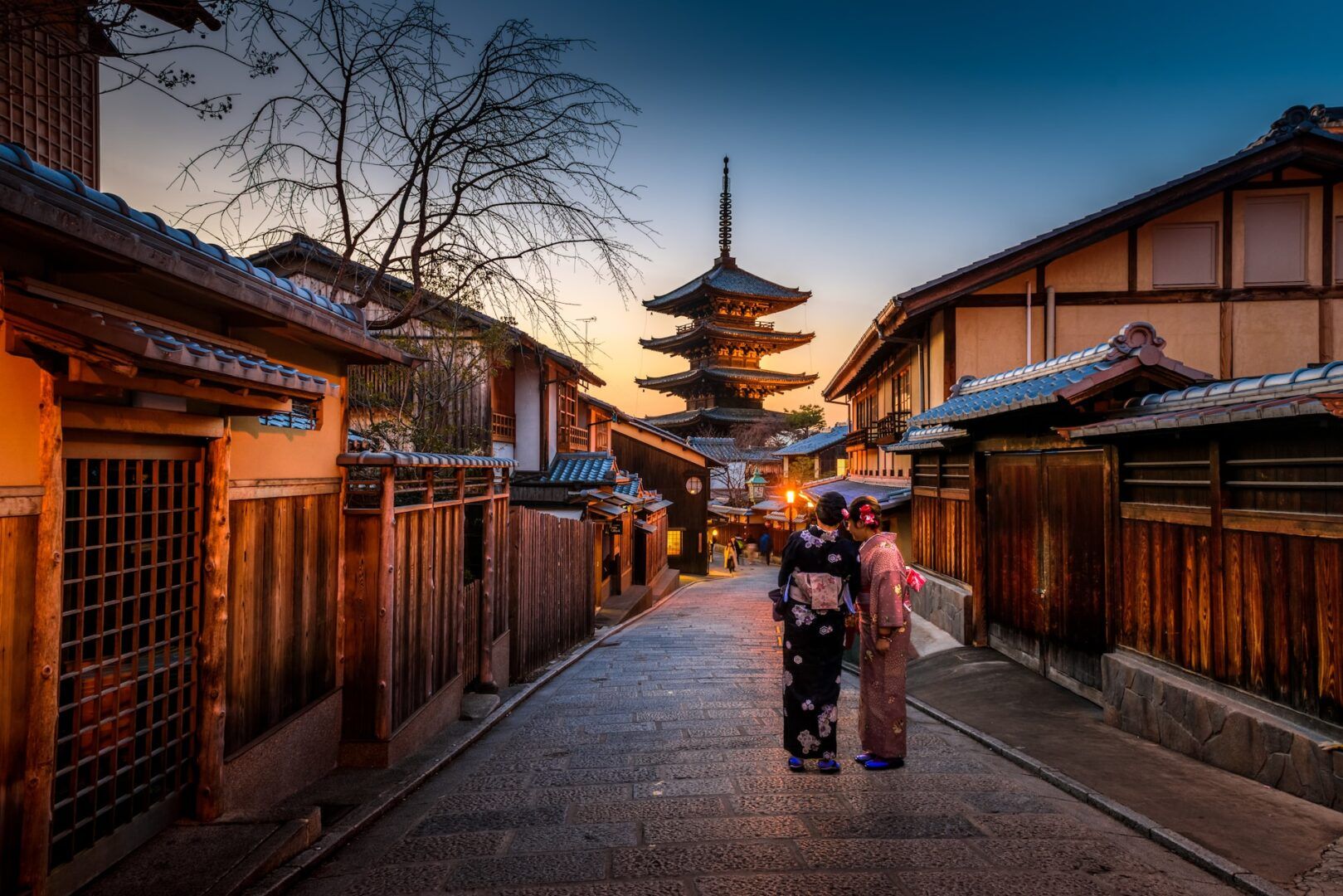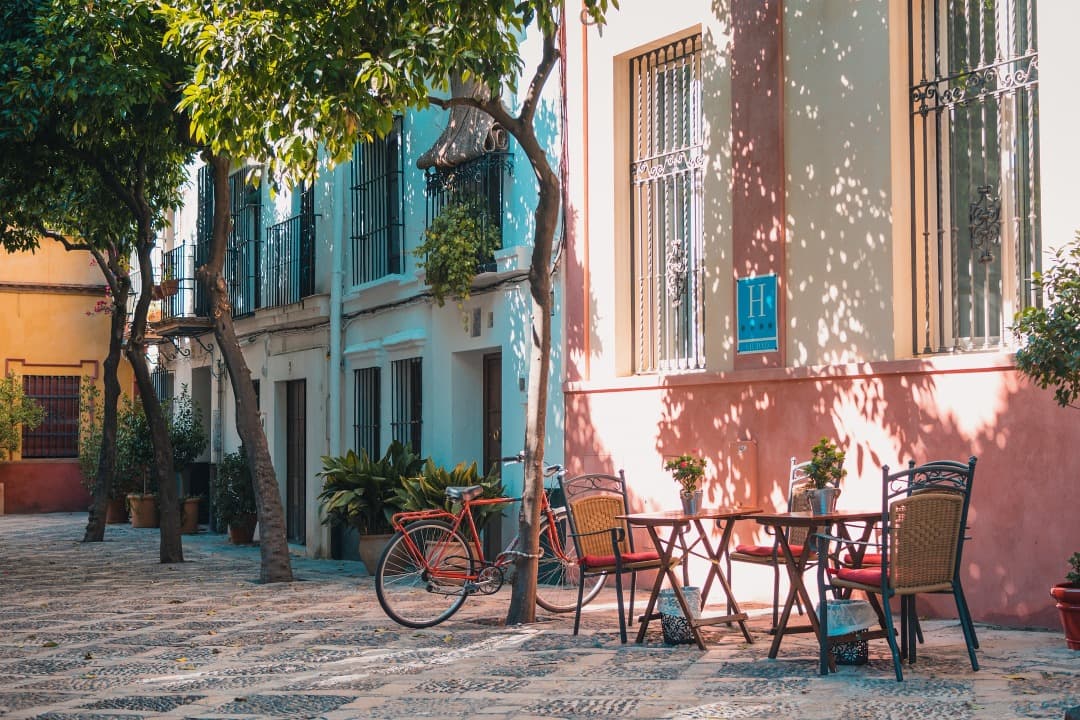

Amman is the gateway to Jordan, a capital that hides truly unmissable pearls. This article will provide you with the list of the best things to see in Amman.
What makes Amman fascinating is that, despite being one of the most modern cities in the Middle East, it is also one of the oldest cities in the world. It carries 5,000 years of history on its shoulders. Built on 7 jabal (hills), just like Rome, the Jordanian capital is home to almost half of the country’s population.
What to see in Amman before you even land? The whiteness of the city. It is no coincidence that it is nicknamed “the white city” because of the stones that were used for the buildings. This was no accident since even a law exists that requires the use of local white stone as cladding for houses and buildings – all to keep the city worthy of its nickname!
Its location is strategic: located in a hilly area between the desert and the Jordan Valley. Downtown Amman is at the foot of the hills, while all the hottest and most touristy places – such as restaurants and hotels – are located in Jabel Amman, the city’s main hill.
Amman is famous for its hospitality: the locals are friendly and welcome tourists with open arms. If you pass by, you will often hear the Jordanians asking where you are from and welcoming you with a friendly “Welcome to Jordan!”. The open and joyful atmosphere of the city is among the “intangible” things to see in Amman.
Ancient and modern find a new melting pot and give life to a varied and unconventional environment that offers a truly unique and stimulating travel experience. So given the above, are you ready to visit the capital of Jordan with us?
The Citadel
Although we have already indicated two aspects to note if you pass through these parts, we want to formally start our list of things to see in Amman with the ancient Citadel. This complex is situated on a hill overlooking the city. This allows its guests to enjoy a breathtaking view that showcases the entire region from above. The area allows us to trace the history of the town, thanks to the archaeological park, where there are still the columns of the Temple of Hercules, built in the second century AD during the empire of Marcus Aurelius.
In addition to the Temple of Hercules, you will also find:
- the Umayyad Palace, built in 720 AD and named after the Arab dynasty
- a beautiful Byzantine Church built between the 6th and 7th centuries
- the Great Mosque Husseini
- the Roman Forum, which is now a public square.

The Roman Theatre
The Roman theatre of Amman was built in the same period as the Temple of Hercules. It was excavated on the side of one of the seven hills of the city. The architecture is the typical arch used in ancient Rome and can accommodate up to 6,000 people. It is still used today to host outdoor shows or concerts.
Inside, there is also the Folklore Museum that illustrates the life, culture and traditions of the towns and villages of the country. Many objects used in everyday life by the inhabitants between the nineteenth and twentieth centuries are on display. Among these, the tools used for the preparation of bread or the musical instruments played at the time.
This theatre is rightfully one of the must-sees in Amman, both for its state of conservation and location. After Italy, the Middle East and Turkey were the most lively provinces of the Roman Empire, and the signs are still visible today.

The Mosque of King Abdullah I
We could not forget the mosque Abdullah I among the things to see in Amman. This place of worship was built between 1982 and 1989 and is the city’s religious symbol. It is crowned by a magnificent mosaic dome with an intense blue and light blue making it immediately recognisable in the white city. It can accommodate up to 3,000 people and is used by Muslims to pray; however, it remains open to visitors as long as the clothing is suitable. In particular, men are required to wear long pants and women to cover their heads, arms and legs.
If you have nothing to cover yourself with, don’t worry: modesty clothing is provided free of charge at the entrance.

Jordanian Archaeological Museum
This museum presents a collection of inestimable value, with prehistoric finds dating back to the fifteenth century. The collections are presented in chronological order. They are composed of everyday objects such as utensils and other more artistic objects such as statues and jewellery.
In the past, the museum also housed some scrolls of the Dead Sea, a collection of ancient Jewish manuscripts of religious content written on parchment and papyrus. Today these documents have been moved to the newly established Jordan Museum, along with the statues of Ain Ghazal, among the oldest statues made by human civilization.

Car Museum
Vintage car enthusiasts will surely appreciate the personal collection of King Hussein housed in this museum. More than 70 cars and motorcycles will take you through the history of this ruling dynasty. The cars date back to the era of King Abdullah I, the founder of the kingdom. The collection then continued until the current ruler, Abdullah II.
Rainbow Street
Among the things to see in Amman, you cannot miss Rainbow Street. It is one of the most modern and prestigious areas of the city, which extends along the city’s highest part. We strongly suggest you stop for a drink in the elegant terraces of the neighbourhood, also because you will undoubtedly need one, given the uphill climb!
When to go to Amman?
Can’t you wait to leave? Then we give you some tips on the best time to visit the capital of Jordan! A very obvious and trivial spoiler alert – it is better to organise your trip in spring and autumn. If you love hot temperatures, you can also try summer. In this season, the average temperature is around 26.5 degrees with peaks that reach up to 40 degrees. We do not recommend winter, as Amman is located at about 800 metres above sea level and precipitation is also snowy in this season.
If you want your trip to coincide with the local festivities, the Jerash Festival for Culture is held in July, which aims to enrich cultural activities in Jordan. In the autumn, the Middle East Opera Festival takes place, the first opera festival in the Arab world with artists from over 10 different nationalities.
Reaching Amman and getting around
The city of Amman is easily accessible from Queen Alia International Airport. It is Jordan’s largest airport, located in Zizya, about 34 kilometres south of the capital. From there, it is easy to proceed with a shuttle bus, taxi or rental car.
To get around the city you can use minibuses and buses. Keep in mind that they generally leave when they are full, so bear in mind that you may find yourself waiting for an indefinite time (which, in the worst case, could be around one hour of waiting). The ticket is generally sold on board the vehicle, except for private buses that have their own office in the place of departure. In this case, we advise you to buy the ticket before getting on the bus.
If you have schedules to keep, the taxi is a more than valid alternative. It obviously costs more than minibuses but it is far faster – and, above all, gets you there on time! A tip? Always try to bargain – after all, we are in the Middle East, and haggling here is the norm!
If you were considering renting a car to be autonomous, we do not recommend it. The streets of Amman are unnamed making it impossible to find your way around, especially for tourists. It’s far wiser to get around by taxi or bus on the days when you visit Amman, and maybe consider renting a car to continue your journey to discover Jordan.
Time zone, currency and other useful information about Jordan
- Amman Time Zone (EEST): UTC+2:00
- Spoken language: Arabic
- Currency Used: Jordanian Dinar – 1 Jordanian Dinar corresponds to approximately € 1.22
Discover Amman and Jordan with us
- Join our tour: Jordan 360 °: Petra, Wadi Rum and the Dead Sea
- Read our article: What to see in Jordan: 10 amazing places



